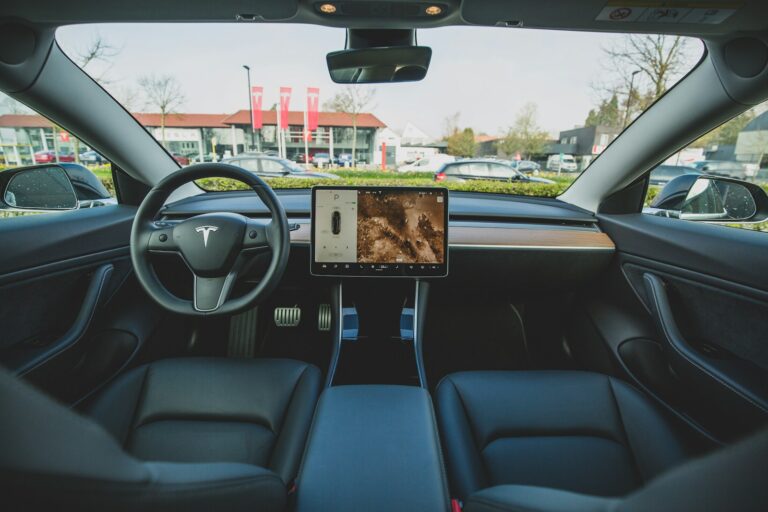Automobile owners have complained to the NHTSA, alleging that Tesla mishandled the December recall.
The self-driving capabilities of Tesla’s “Autopilot” system have helped the firm differentiate itself from other automobile manufacturers; yet, regulators have expressed concern regarding the permissive nature of the company’s safety features. A voluntary recall was initiated by Tesla in December, and the company updated nearly all of the vehicles it had sold in the United States in order to make Autopilot safer. Drivers, on the other hand, assert that the alleged patch that Tesla implemented actually makes the vehicle more hazardous to operate.
Even before the recall, Tesla asserted that its automobiles would provide a constant reminder to the driver to keep their hands on the wheel. Anyone who has ever driven a Tesla with Autopilot before can attest to the fact that the vehicles were quite lenient with regard to the definition of having a hand on the wheel they were operating. There was a possibility that the car may be ignored for extended periods of time, and Autopilot would not care.
Numerous Tesla owners have voiced their dissatisfaction ever since they were provided with the upgrade. The National Highway Traffic Safety Administration (NHTSA) has received more complaints on the patch, which includes the addition of a wheel detecting mechanism that is also more robust. The previous program did not take into account whether or not you were touching the wheel, but this newer version does.
“The car is actually now more unsafe and distracting with disruptive beeping and alerts,” alleges one owner of a Model Y. “The car is actually more dangerous!” Another owner of a Model Y has reported that their vehicle went off the road after the update was installed. According to a complaint that was submitted by a driver of a Model 3, the new system requires “frequent, forceful adjustments to the steering wheel” in order to keep Autopilot active. However, the driver claims that the system continues to deactivate in a seemingly random manner.
In spite of the fact that Tesla frequently uses phrases such as “Full Self-Driving” (FSD), the company’s automobiles are not capable of driving themselves. It was undoubtedly inevitable that hands on the wheel would be required; this is a condition of SAE level 2 autonomy, which encompasses any system in which the driver is required to be completely aware of their surroundings and ready to take control of the vehicle. That includes Tesla as well as every other vehicle that is manufactured anywhere in the world. The only time drivers are allowed to take a sleep is at the SAE level 4 level, and no one is even close to selling you that car. Waymo and other startups have experimented with fully autonomous vehicles, but the company’s driverless taxi service is still in the testing phase.
Hey Elon, I’d encourage you to drive a car without “Elon Mode” for a few days to see what these alerts are like. It’s becoming infuriating how little forgiveness it has. A Tesla should be the most fun car to drive and the NHTSA requests shouldn’t change that. @elonmusk pic.twitter.com/GtCZxtPrzu
— Rodney Niya (@Rodneyniya) January 11, 2024
Convenience and safety are two aspects that must be balanced in every self-driving system. Historically, Tesla has focused on making things as convenient as possible; however, it appears that the pendulum has swung significantly in the opposite direction lately. In spite of the fact that Tesla has initiated a recall, the National Highway Traffic Safety Administration (NHTSA) does not pre-approve safety measures for recalls. Tesla is preparing to implement its expanded FSD function after years of public beta testing, and we do not anticipate that regulatory attention will ease any time soon. The probe is still ongoing.
However, the feature has been delayed to come on Tesla vehicles, despite the fact that Tesla expects significant upfront payments for FSD. The purpose of this improvement to the standard Autopilot is to let the vehicle to navigate from one location to another without any input from the driver. Tesla, on the other hand, has made a great deal of modifications to the system in response to accidents, unlawful programming, and now, driver attentiveness. There have been attempts made by Tesla to make its vehicles appear more capable than they actually are; but, the most recent changes have demonstrated that the era of completely autonomous automobiles is still many years away. It may be more difficult for Tesla to sell the FSD update that costs $15,000 at this time.

